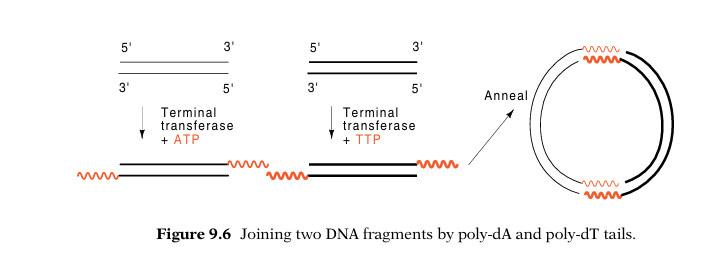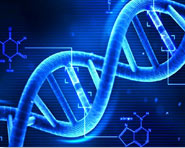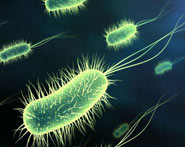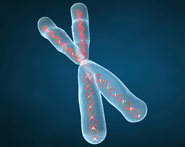


 النبات
النبات
 الحيوان
الحيوان
 الأحياء المجهرية
الأحياء المجهرية
 علم الأمراض
علم الأمراض
 التقانة الإحيائية
التقانة الإحيائية
 التقنية الحيوية المكروبية
التقنية الحيوية المكروبية
 التقنية الحياتية النانوية
التقنية الحياتية النانوية
 علم الأجنة
علم الأجنة
 الأحياء الجزيئي
الأحياء الجزيئي
 علم وظائف الأعضاء
علم وظائف الأعضاء
 الغدد
الغدد
 المضادات الحيوية
المضادات الحيوية|
Read More
Date: 2025-01-08
Date: 2025-01-02
Date: 2025-01-08
|
Having discussed how DNA molecules can be cut and purified, it is now necessary to discuss the joining of DNA molecules. In vivo, the enzyme DNA ligase repairs nicks in the DNA backbone. This activity may also be utilized in vitro for the joining of two DNA molecules. Two requirements must be met. First, the molecules must be the correct substrates, that is, they must possess 3’-hydroxyl and 5’-phosphate groups.

Second, the groups on the molecules to be joined must be properly positioned with respect to one another. The method for generating the proper positioning has two variations: either to hybridize the fragments together via their sticky ends or, if flush-ended fragments are to be joined, to use such high concentrations of fragments that from time to time they are spontaneously in the correct positions. Hybridizing DNA fragments that possess self-complementary, or sticky ends, generates the required alignment of the DNA molecules. Many restriction enzymes such as EcoRI produce four-base sticky ends that can be ligated together after the sticky ends of the pieces to be joined have hybridized together. Because the sticky ends are usually just four base pairs, lowering the temperature during ligation to about 12°C facilitates the hybridization-ligation process. The flush ends of DNA molecules that are generated by some restriction enzymes generate problems. One solution is to convert flush-ended molecules to sticky-ended molecules by enzyme terminal transferase. This enzyme adds nucleotides to the 3’ end of DNA. Poly-dA tails can be put on one fragment and poly-dT tails can be added to the other fragment (Fig. 9.6).

The two fragments can then be hybridized together by virtue of their self-complementary ends and ligated together. If the tails are long enough, the complex can be directly introduced into cells, where the gaps and nicks will be filled and sealed by the cellular enzymes. More commonly, the polymerase chain reaction as described in the next chapter would be used to generate any desired ends on the molecules. Flush ended molecules can also be joined directly with DNA ligase. While this method is straightforward, it suffers from two drawbacks: It requires high concentrations of DNA and ligase for the reaction to proceed, and even then the ligation efficiency is low. Also, it is difficult later to excise the fragment from the vector. Linkers can also be used to generate self-complementary single stranded molecules .Linkers are short, flush-ended DNA molecules containing the recognition sequence of a restriction enzyme that produces sticky ends. The ligation of linkers to DNA fragments proceeds with reasonably high efficiency because high molar concentrations of the linkers may easily be obtained. After the linkers have been joined to the DNA segment, the mixture is digested with the restriction enzyme, which cuts the linkers and generates the sticky ends. In this way a flush-ended DNA molecule is converted to a sticky-ended molecule that may easily be joined to other DNA molecules



|
|
|
|
علاج جفاف وتشقق القدمين.. مستحضرات لها نتائج فعالة
|
|
|
|
|
|
|
الإمارات.. تقنية رائدة لتحويل الميثان إلى غرافين وهيدروجين
|
|
|
|
|
|
|
سماحة السيد الصافي يؤكد دعم العتبة العباسية المقدسة للباحثين والحراك العلمي الذي يسهم في خدمة المجتمع
|
|
|